Astrobotic announces plans for lunar power service
Original Publication Date: 2022-09-19 16:55
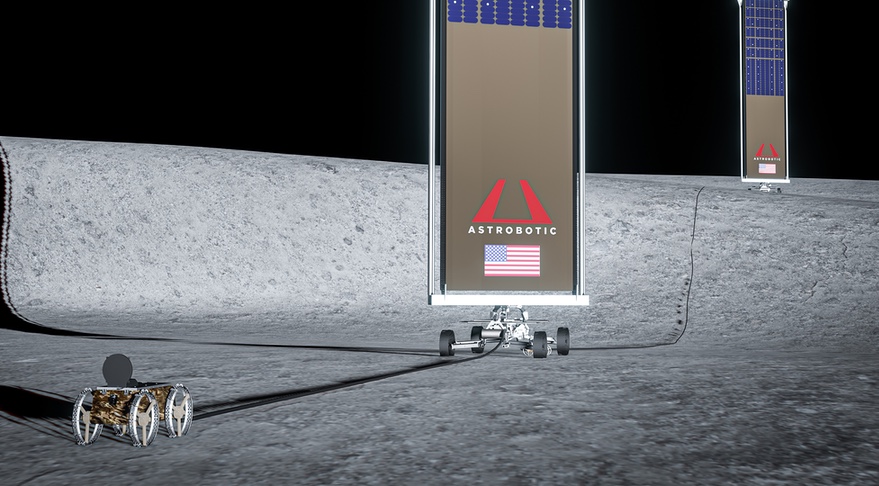
Astrobotic unveils plans to develop a commercial power service for the moon. LunaGrid project will combine solar arrays with tethered rovers. The first operational LunaGrid system is planned for 2028, but initial elements could be ready sooner. LunaGrid comes after Astrobotic finalized its acquisition of Masten Space Systems.
France to increase space spending by 25%
Original Publication Date: 2022-09-19 09:16

France will increase spending on national and European space programs. European Space Agency working to secure commitments for its own significant budget increase. French Prime Minister Élisabeth Borne announced the government planned to allocate more than 9 billion euros ($9 billion) to space activities over the next three years.
NASA set for “kinder, gentler” SLS tanking test
Original Publication Date: 2022-09-20 11:26
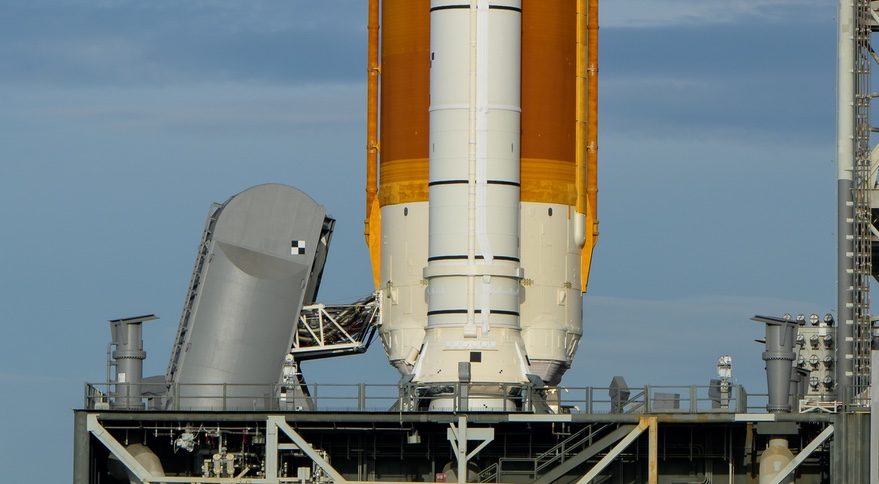
NASA officials say they're ready to try a new approach to fueling the Space Launch System. The main objective of the test is to confirm that repairs to seals in liquid hydrogen lines into the core stage. A significant leak was seen in the second attempt to launch the rocket on the Artemis 1 mission.
New report raises questions on DoD’s multi-orbit plan for space sensors
Original Publication Date: 2022-09-20 10:00
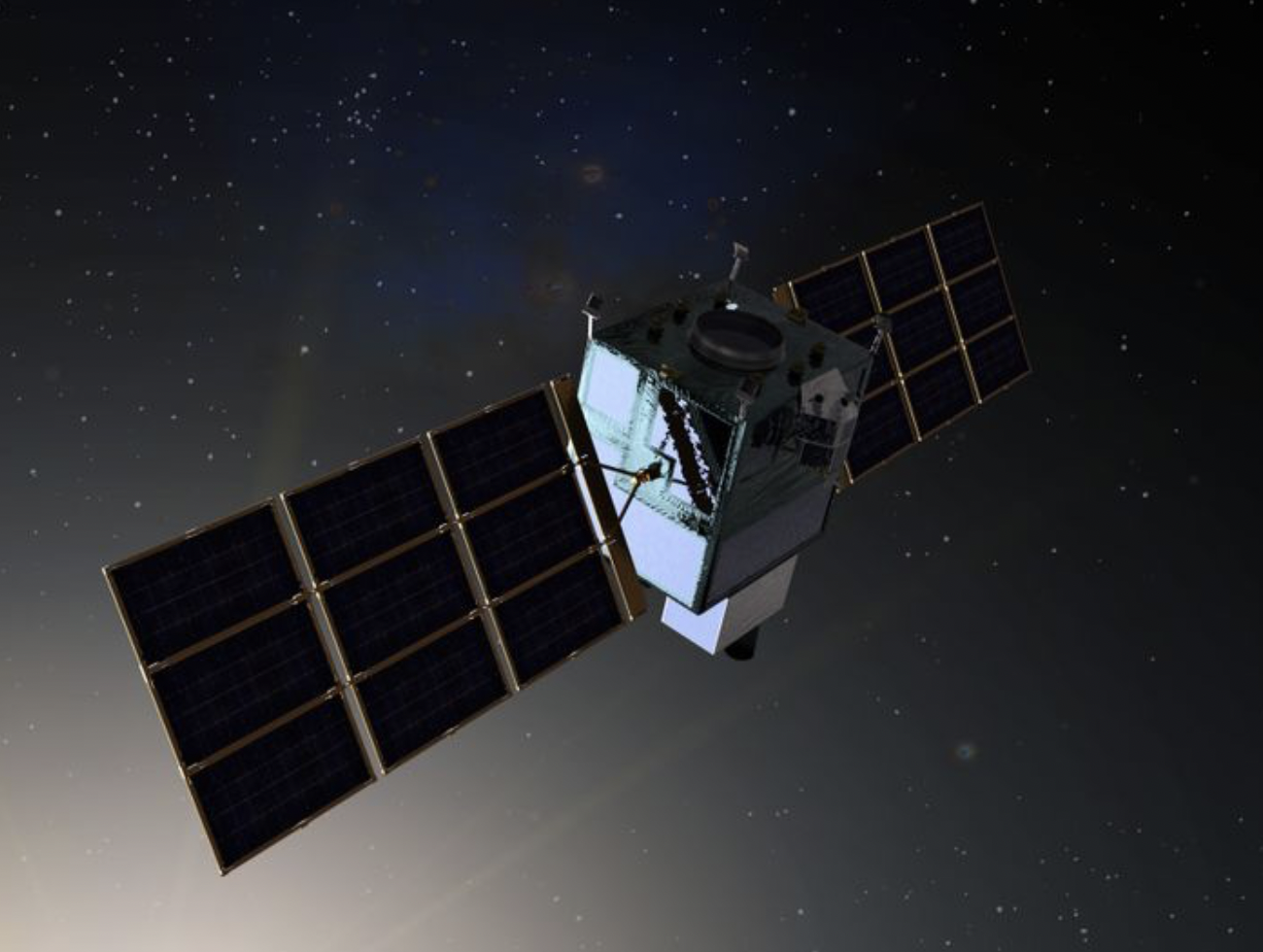
Aerospace Corp. Report: No clear plan for how Pentagon will transition from legacy satellites. About $4.7 billion of Space Force’s $24.7 billion budget request for 2023 is for new missile-defense satellites. Pentagon argues satellites needed to detect and track advanced hypersonic missiles.
SAIC to build small satellites with startup Rogue Space
Original Publication Date: 2022-09-20 07:00
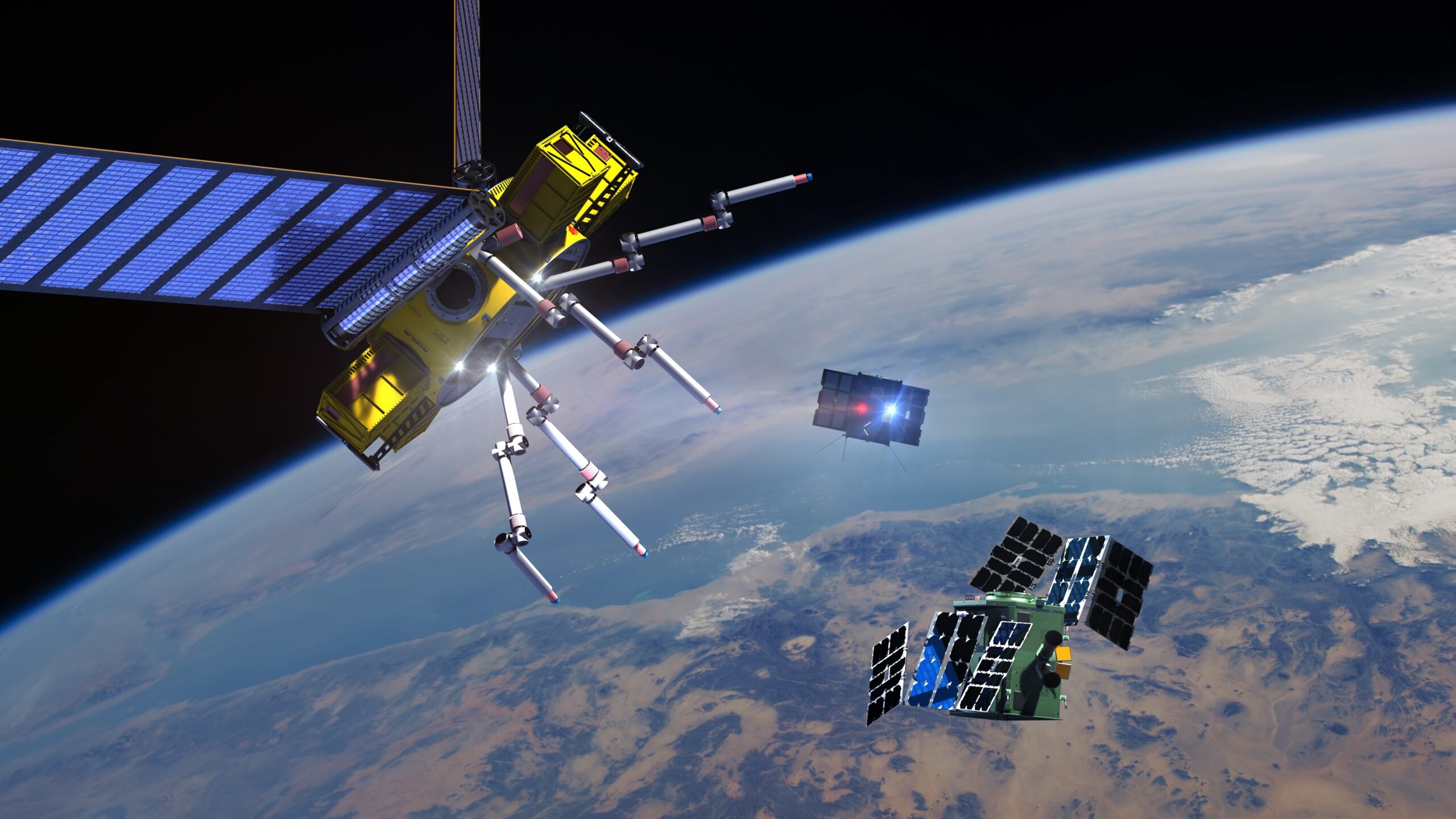
SAIC is partnering with startup Rogue Space Systems to develop small satellites. Rogue Space is a two-year-old startup based in Laconia, New Hampshire. The company designed a cubesat known as Orbital Robot for in-orbit services. SAIC will integrate two Rogue cubesats for a planned 2023 mission.
Space Force shifting resources to intelligence and cybersecurity
Original Publication Date: 2022-09-19 21:53

U.S. Space Operations Command assigning cybersecurity and intelligence specialists. Space Force is following directive to harden space systems against cyber attacks. Maj. Gen. Douglas Schiess: "We are preparing and posturing for the fight" Schiess is vice commander of the Space Force’s Space Operations Command.
NASASpaceFlight.com
The SSLV or Small Satellite Launch Vehicle conducted its launch debut from Sriharikota, India on Sunday, August 7. An issue with the fourth stage resulted in the satellites being deployed in an unusable orbit. The SSLV program’s genesis was a December 2015 National Institute of Advanced Studies proposal to create a “Small Satellite Launch Vehicle-1”
Commercial Archives
SpaceX Falcon 9 Block 5 carrying 54 Starlink satellites has finally launched at 8:18 PM EDT on Sunday, Sept. 18. Unfavorable weather scrubbed attempts on Tuesday, Wednesday, Thursday, and Friday. This mission launched from Space Launch Complex 40 (SLC-40) at the Cape Canaveral Space Force Station in Florida.
International Archives
Spiral-shaped phenomena are more common in nature than you might think. Hurricanes, protoplanetary disks around stars, and spiral galaxies are all examples of naturally occurring objects that adopt spiral-shaped structures. Scientists were surprised to find spiral formations of stars in the Small Magellanic Cloud, a small satellite galaxy of the Milky Way.
Chinese Long March 3B Launches APStar-6C Communications Satellite – Spaceflight101

China conducted a rare commercial launch of a Long March 3B rocket with the APStar-6C communications satellite for APT Satellite Holdings. Long March 3B lifted off from the Xichang Satellite Launch Center at 16:06 UTC on a mission of under half an hour to lift the spacecraft into an elliptical Geostationary Transfer Orbit. Confirmation of launch success was provided by APT Satellite around 40 minutes after liftoff when the satellite had been separated into its target orbit.
Blue Origin’s New Shepard Reaches new Heights in latest Test Flight – Spaceflight101

Blue Origin's reusable New Shepard spacecraft reached a new altitude of 107 Kilometers on Sunday. The flight marked the eighth in Blue Origin’s New Shepard flight test program that was off to a bumpy start in 2015 when the company lost their first Propulsion Module during its landing attempt. Sunday’s flight was host to “Mannequin Skywalker’ – an instrumented test dummy to collect data on the environment human crew members would experience.
ISS Updates – Spaceflight101 – International Space Station

A veteran NASA spacewalker and an EVA rookie from Japan ended their week with nearly six hours of work outside the International Space Station. The restoration of the Station’s Mobile Servicing System started last year and continued in January to provide Canadarm2 with a new pair of grappling hands.
Featured – Spaceflight101

SpaceX Falcon 9 takes to the skies over Florida’s Cape Canaveral Monday afternoon. First of at least six cargo ships inbound to the U.S. Segment of ISS this year. Dragon spacecraft will deliver science gear, supplies and maintenance hardware to the orbiting laboratory.
News – Spaceflight101

Russia's Rockot booster is set to blast off from the Plesetsk Cosmodrome at 17:57 UTC on Wednesday with the Sentinel-3B multi-function satellite. The rocket will carry the multi-function Sentinel-3B satellite into space. The launch is scheduled to take place at around 17:57 UTC.
Re-Entry: Long March 11 Rocket Body – Spaceflight101

The CZ-11 fourth stage used leftover propellant for a partial de-orbit maneuver, lowering its perigee to 120 Kilometers to significantly accelerate its orbital decay. It lifted a cluster of five commercial Earth-imaging satellites into a 500-Kilometer orbit. Exact details on the fourth stage of China’s new Long March 11 launcher are not available.
NASA’s InSight ‘Hears’ Its First Meteoroid Impacts on Mars
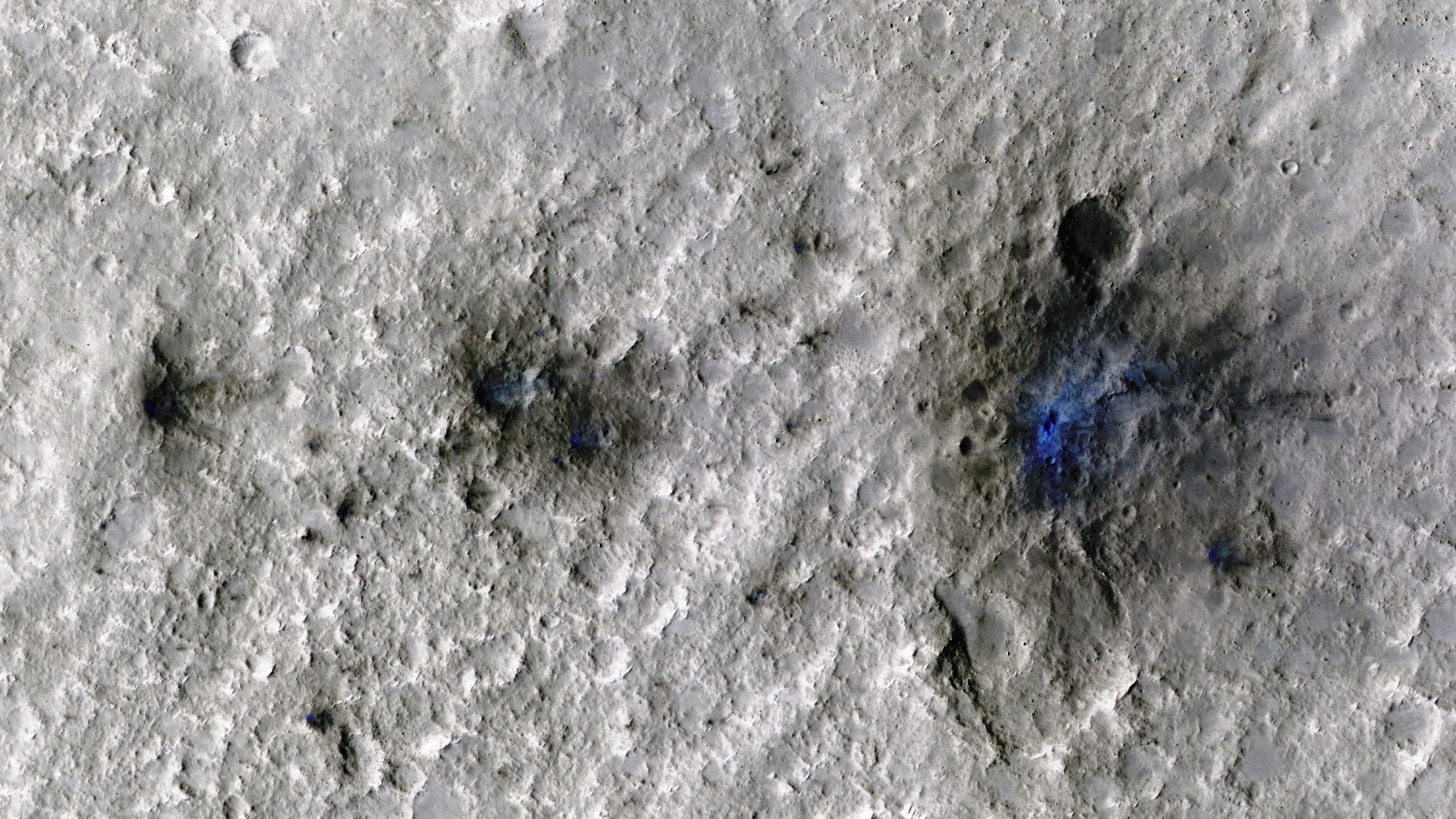
NASA’s Mars Reconnaissance Orbiter flew over the estimated impact site. The orbiter used its black-and-white Context Camera to reveal three darkened spots on the surface. After locating these spots, the orbiter’s team used the High-Resolution Imaging Science Experiment camera to get a color close-up of the craters.
NASA’s Perseverance Rover Investigates Geologically Rich Mars Terrain

The rover has collected four samples from an ancient river delta in the Red Planet’s Jezero Crater since July 7. Jezero Crater hosts a delta – an ancient fan-shaped feature that formed about 3.5 billion years ago at the convergence of a Martian river and a lake. Perseverance is currently investigating the delta’s sedimentary rocks.
NASA to Host Briefing on Perseverance Mars Rover Mission Operations

The briefing will livestream on NASA Television, Twitter, Facebook, and YouTube. Questions can be asked on social media during the briefing using #AskNASA. Perseverance marks the first step in the Mars Sample Return campaign. These samples collected by Perseverance during its exploration of an ancient river delta are thought to be the best opportunity to reveal the early evolution of Mars.
NASA’s AIRS Instrument Records Typhoon Hinnamnor Before Landfall

Airlines are essential for tracking typhoons as they grow. AIRS was the first instrument to reveal the 3D distribution of rain within tropical storms like Hinnamnor. These 3D images have made a major contribution to knowledge of how hurricanes and typhoons develop, improving forecasts and saving lives.
A Cosmic Tarantula, Caught by NASA’s Webb

The Tarantula Nebula has a similar type of chemical composition as the gigantic star-forming regions observed at the universe’s “cosmic noon,” when the cosmos was only a few billion years old. Webb will provide astronomers the opportunity to compare and contrast observations of star formation in the Tarantula Nebula with the telescope’s deep observations of distant galaxies.
NASA’s Webb Takes Its First-Ever Direct Image of Distant World

Astronomers have used NASA’s James Webb Space Telescope to take a direct image of a planet outside our solar system. The exoplanet is a gas giant, meaning it has no rocky surface and is not habitable. The finding is detailed in NASA’s latest JWST blog entry.
Explore the Solar System With NASA’s New-and-Improved 3D ‘Eyes’

Learn the basics about dwarf planets or the finer points of gas giants. Ride alongside no fewer than 126 space missions past and present. Scroll through rich interactive journeys, including Voyager’s Grand Tour of Jupiter, Saturn, Uranus and Neptune. You can rotate objects, compare them side by side, and even modulate the perspective as well as the lighting.
